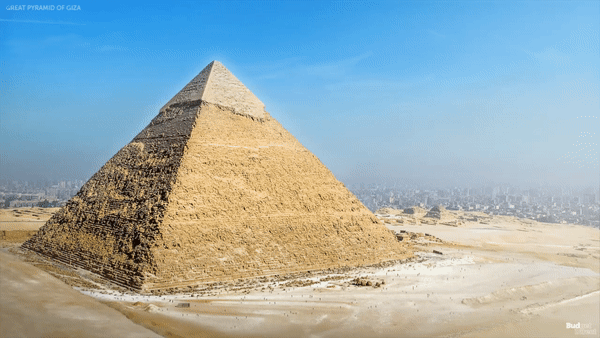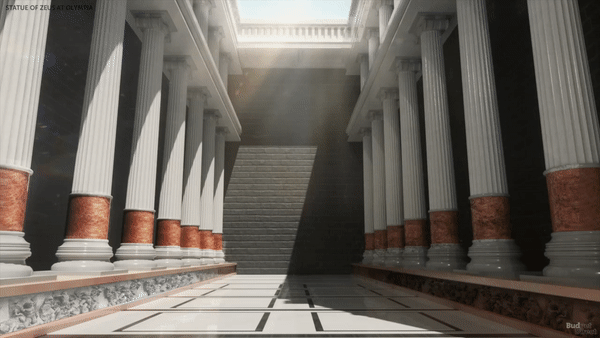Dear Classical Wisdom Kids,
We have a fun issue for you today!
The 7 Wonders of the Ancient World was a list of must-see sites for Ancient Greek tourists… just like today, the ancients traveled so they could marvel at the magnificent structures created around their world.
Compiled by Antipater of Sidon, a poet in 2nd-century-BCE Greece, with later contributions by figures such as the mathematician Philon of Byzantium, the list remains an important piece of intangible heritage today.
Sadly, only one of those ancient wonders is still standing. Fortunately technology has come to the rescue so that modern classics-lovers can have the chance to visit the structures that Antipater first recommended.
Check out the reconstructed the 7 Wonders of the Ancient World, so you can see how the ruins originally looked:
A feat of ingenuity and engineering and served as a Rhodian symbol of victory. The Colossus of Rhodes was erected in 280 BCE but was toppled by an earthquake in 226 BCE. You may remember it from Frida’s recent postcard. We aren’t certain if it straddled the harbor or not… but this is certainly one of the descriptions:
2. The Great Pyramid of Giza
The oldest and largest of the three pyramids in the Giza pyramid complex bordering present-day El Giza, Egypt. It is the oldest of the Seven Wonders of the Ancient World, and the only one to remain largely intact. However, it certainly looked different in ancient times:
3. Hanging Gardens of Babylon
An ascending series of tiered gardens containing a wide variety of trees, shrubs, and vines, resembling a large green mountain constructed of mud bricks, and said to have been built in the ancient city of Babylon, near present-day Hillah, Babil province, in Iraq. It was built for love! King Nebuchadnezzar II’s wife missed her lush mountianous hometown of Media, so he tried to recreate it in the desert for her. Do you think he was successful?
4. Lighthouse of Alexandria
A lighthouse built by the Ptolemaic Kingdom, during the reign of Ptolemy II Philadelphus (280–247 BC), and was estimated to be 100 metres (330 ft) in overall height. For many centuries it was one of the tallest man-made structures in the world.
5. Mausoleum at Halicarnassus
A tomb built between 353 and 350 BC at Halicarnassus (present Bodrum, Turkey) for Mausolus, a satrap in the Persian Empire, and his sister-wife Artemisia II of Caria. The structure was designed by the Greek architects Satyros and Pythius of Priene.
A giant seated figure, about 13 m (43 ft) tall, made by the Greek sculptor Phidias around 435 BC at the sanctuary of Olympia, Greece, and erected in the Temple of Zeus there. It represented the god Zeus on a cedarwood throne ornamented with ebony, ivory, gold and precious stones. It was lost in the 5th AD. Apparently it was very lifelike!!
7. Temple of Artemis at Ephesus
A Greek temple dedicated to an ancient, local form of the goddess Artemis (associated with Diana, a Roman goddess). It was located in Ephesus (near the modern town of Selçuk in present-day Turkey). It was completely rebuilt three times.
Pretty exciting results!
Which is your favorite? If you were to be like the poet Antipater of Sidon and pick 7 wonders of the world today… what would they be? Let us know!











